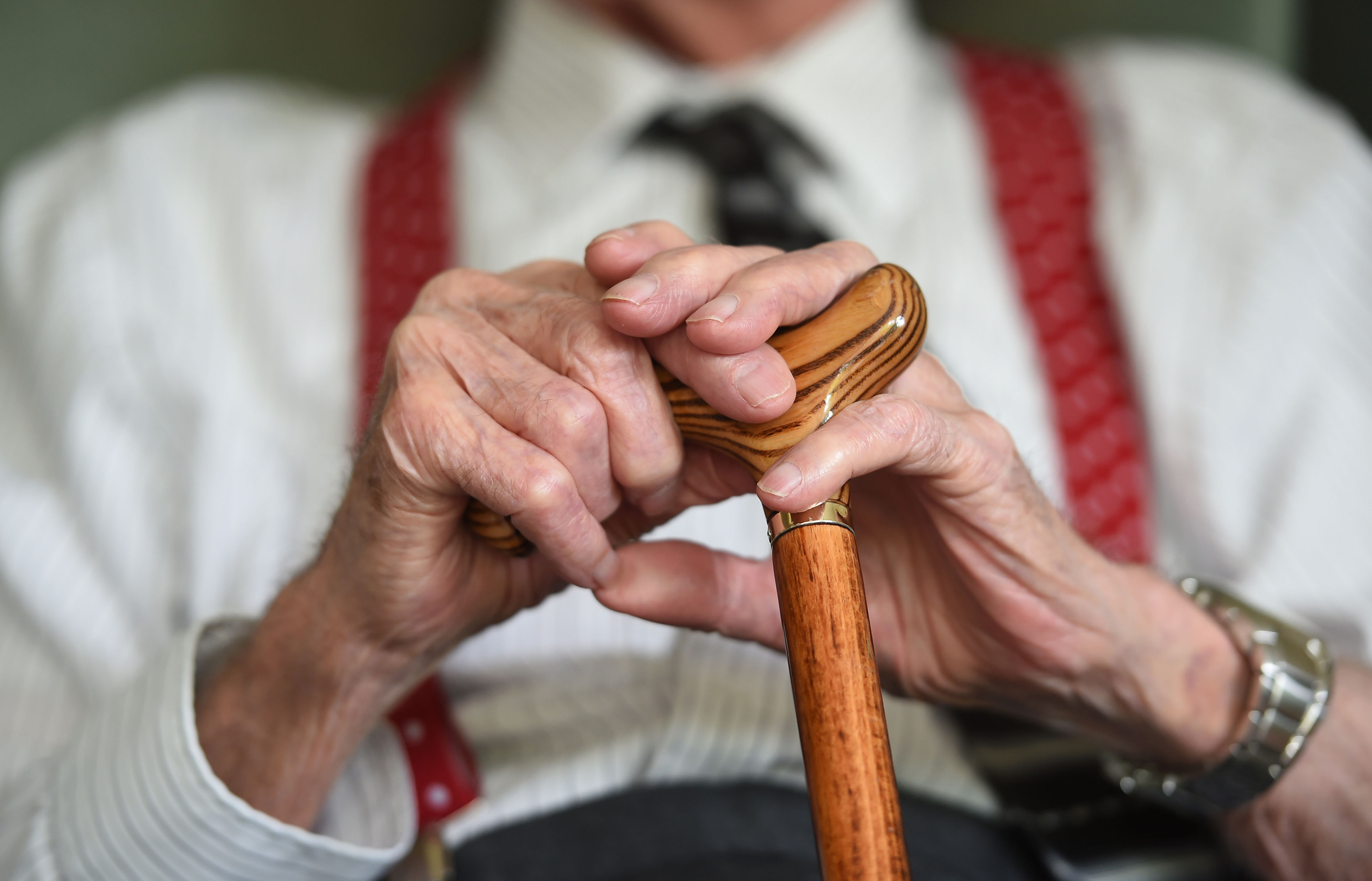
Just a few lines from a favourite song is enough to flood our brain with memories of loved ones and special moments – even when remembering has become a daily struggle.
According to Playlist For Life, the UK’s leading music and dementia charity, melodies can have a powerful impact on those living with the condition, helping reduce anxiety, improve mood and make everyday tasks more manageable. In fact, when the charity worked with a Glasgow care home to create personalised playlists for its patients, carers found there was a 60% reduction in the use of sedative drugs.
Andy Lowndes, the charity’s “Music Detective”, helps people with dementia, their family and carers, to identify the soundtrack to their life, and says music has the ability to “get around the damage” caused by progressive conditions such as Alzheimer’s.
“There’s a part of the brain, the prefrontal cortex, which is probably the last part to be assaulted by Alzheimer’s,” he explained. “It’s a where music and emotion and autobiographical memory come together. So, even if people can’t speak, we’ve seen them sing. We’ve seen people with Parkinson’s, who have walk very stiffly, able to dance when they hear their music.”
Although music of any kind can have an impact, songs with a personal connection, Lowndes says, are extra special.
He continued: “They provide a ‘flashback feeling’, taking you to place, or time in your life. I’ve seen an amazing difference when personally meaningful music comes on.”
Founded by writer and broadcaster Sally Magnusson, whose mother, Mamie, had dementia, Playlist For Life has trained almost 9,000 health and social care professionals on the use of personal playlists, and is calling on the Scottish Government to introduce the practice into official Health and Social Care policy.
The charity believe wider use could not only be beneficial for patients, but is also a cost-effective solution.
Michelle Armstrong-Surgenor, executive director at Playlist For Life, said: “Not only does it benefit the person with dementia and their care-givers, but it has a significant cost benefit to the health and social care sectors. It’s a person-centred intervention that has the potential to offset costs associated with long-term dementia by reducing dependency on antipsychotic medication and increasing ease of doing daily tasks.
“Personalised playlists are already widely used, however, is often considered an ‘add on’ to the official care plan – we would like to see it as an integral part of dementia care.”
Although playlists could provide a lifeline for people living with dementia, Lowndes says they are keen for people to start their own music collection before any potential diagnosis.
He explained: “It’s easier to build a playlist when people know the stories behind them. When you’re in the last stages of dementia it’s more difficult.
“It’s about sitting down with your kids and saying, ‘You’re into all this techno music, but here’s what I listened to when I was growing up’.”
With everything from Mozart to The Waterboys on his own playlist, Lowndes says not to focus on the artist, but how a particular song makes you feel and the memories it provokes.
He added: “I often say that I have a fear that if I get a diagnosis of dementia in the future, and I end up in a care home somewhere like Milton Keynes, no one is going to know Ye Cannae Shove Yer Granny Aff A Bus! Nobody will know to sing it to me, or find it on Spotify. I’ll be stuck listening to Vera Lynn.
“I haven’t met many people who don’t like music, and the songs could be anything from nursery rhymes to Psalms and musicals. And, yes, techno too!”
He had lost all the joy in life, now I see the old him
Cathy Forde, 60, and husband Sean, 61, who was diagnosed with early onset dementia aged 56.
The couple connected with Playlist For Life in the first lockdown, and since then, personalised playlists have become a lifeline for Sean, who now lives in a care home, and struggles to communicate through speech.
“When you are diagnosed with Alzheimer’s, it’s all negative outcomes and bad news,” said Cathy. “But when we met with Rebecca from Playlist For Life, we found something positive and life-affirming that connected with Sean as a person.
“Sean doesn’t have great memories and he doesn’t live in the past, his dementia doesn’t manifest that way, but by talking about things to do with the music, we are able to scroll back and the feelgood nature of music comes back to him.
“A couple of days ago, we were walking to meet somebody and I put earbuds in for him, which he hadn’t had for about two or three weeks after losing his own set. After I pressed play, he started whistling from the minute we walked out of the house to the minute we got to the cafe. He knew every tune, every song, and he even started to walk faster.
“He can’t talk and has no conversation, yet a tune from my playlist, Beach Baby by First Class, had him singing and whistling, although he probably hasn’t heard that song since the ’70s.”
She continued: “I’ve seen the real power of music. On Sean’s birthday, I asked a musician friend to learn his favourite song, Spanish Is The Loving Tongue by Bob Dylan, which she played in his care home.
“Usually, most of the residents are in their own worlds, with the TV on, but nobody looking at it. But when she started to play, everybody started to tune into the music. We ended up singing two or three more upbeat songs and by the end of it, everybody was clapping, moving to the music, and singing along. The whole room came alive. It was like a switch had been flicked.
“When Sean was diagnosed, he had lost all his joy in life and was a totally different person. With moments like that, I see glimmers of the old him.”
Visit playlistforlife.org.uk

Enjoy the convenience of having The Sunday Post delivered as a digital ePaper straight to your smartphone, tablet or computer.
Subscribe for only £5.49 a month and enjoy all the benefits of the printed paper as a digital replica.
Subscribe